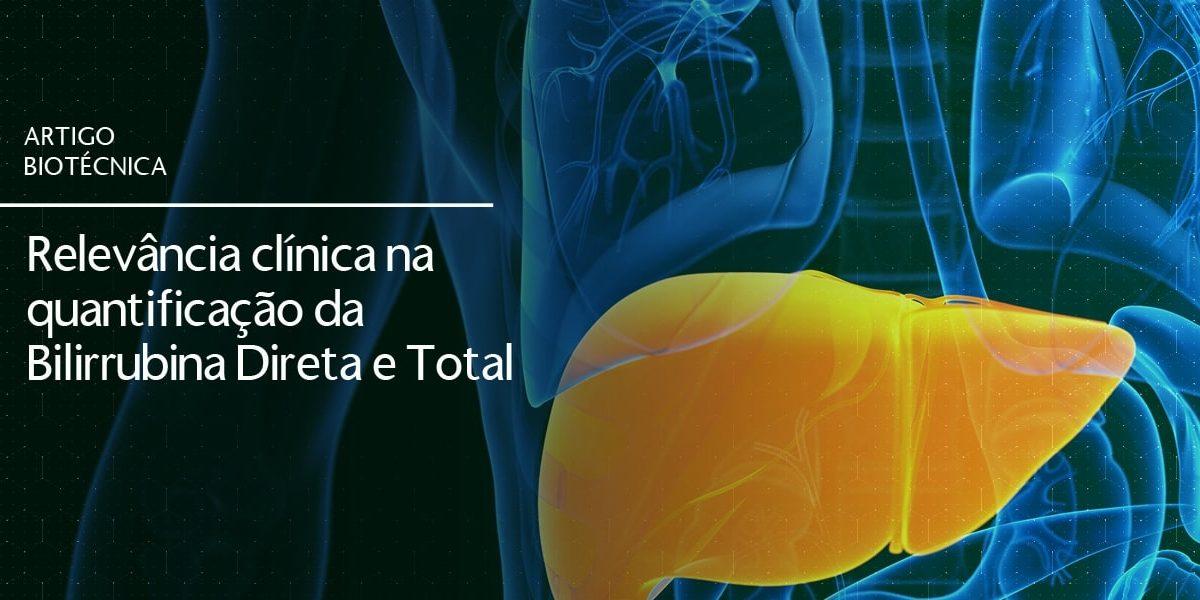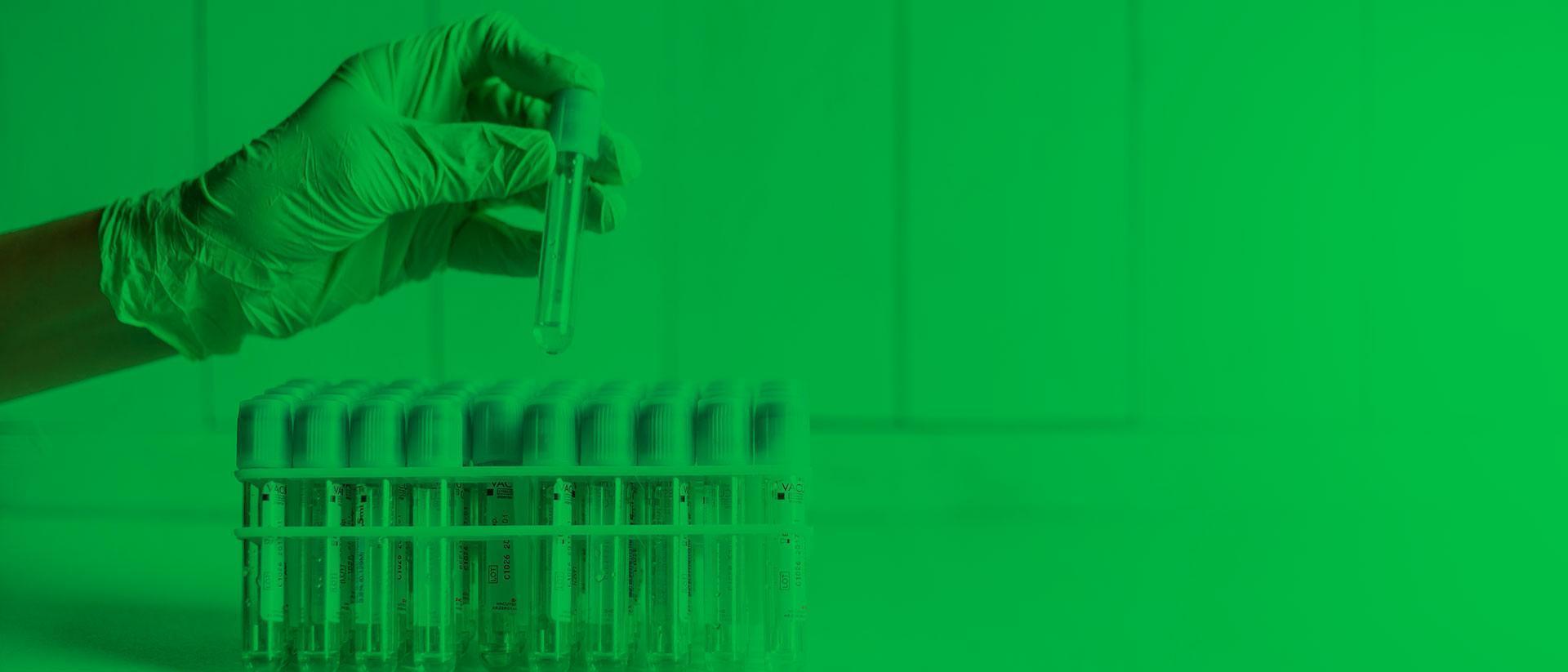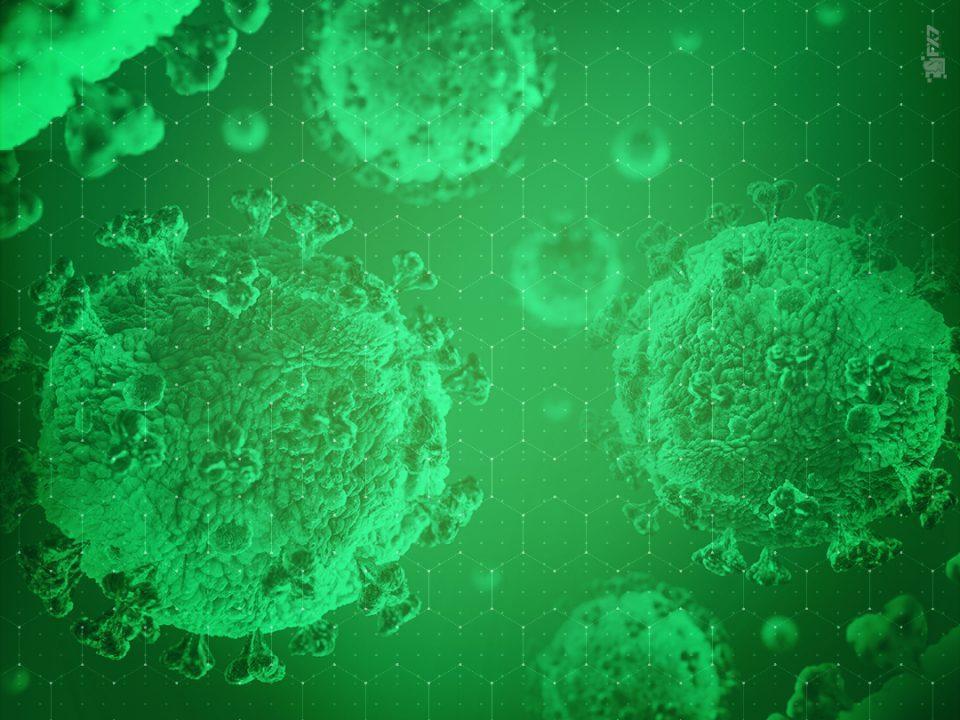BLOG
learn more about Biotécnica
through our blog.

Bilirubin is a product of the heme group metabolism in the reticuloendothelial system, which is conjugated in the liver and excreted in bile, being about 80% originated from the circulating hemoglobin molecule, through the degradation of senescent erythrocytes or in hemolysis processes and another 20% is a result of the degradation of other protein complexes. Bilirubin metabolism can be disturbed by excessive bilirubin production, reduced hepatocyte uptake, impaired conjugation, reduced hepatocellular excretion and impaired bile flow, which leads to the most diverse liver diseases that affect humans. Excess bilirubin in the body is called hyperbilirubinemia.
Bilirubin analysis is usually required for liver function testing, since bilirubin catabolism is part of the body's normal metabolism and in serum the total bilirubin concentration is low, ranging from 0 to 1.2 mg / dL and direct bilirubin ranges from 0 to 0.3 mg / dL. In the laboratories, direct bilirubin and total bilirubin are dosed, so that the indirect bilirubin is calculated from the dosage values, so the total bilirubin test must be able to measure the two existing forms, the conjugated and the unconjugated. . Depending on the disorder affected, unconjugated (indirect), conjugated (direct) or both (total) bilirubin are the main contributors to hyperbilirubinemia.
One of the most common causes of the increase in indirect bilirubin is known as neonatal jaundice and about 60% of neonates and 80% of premature infants fall into the disease that has serum levels of unconjugated bilirubin above 5 mg / dL. Although a natural consequence of the newborn's metabolism in the neonatal period (first 28 days of life), the presence of jaundice must be evaluated, because with the high toxicity of bilirubin and its ability to cross the blood-brain barrier, individuals can develop hyperbilirubinemia severe, such as acute encephalopathy or kernicterus that generate neurological consequences such as lethargy and dementia. In addition, Indirect Bilirubin rises with the existence of hemolytic anemias, autoimmune hemolysis, blood transfusion, hematoma reabsorption, ineffective erythropoiesis, hereditary diseases, such as Gilbert and Crigler-Najar diseases. Bilirubin Direct rises in the plasma in the presence of hereditary liver diseases, such as Dubin-Johnson and Rotor diseases, hepatocyte damage (viral, toxic or alcoholic), biliary obstruction (lithiasis or neoplasms), acute or chronic hepatitis and toxic reactions to various drugs (such as chlorpromazine).
Currently, the bilirubin concentration can be accurately determined using in vitro diagnostic kits that use the diazo compound methodology. Biotécnica has in its portfolio a kit of Total Bilirubin and a kit of Direct Bilirubin with the DCA methodology (Dichloroaniline Diazotate). The methodology is based on the determination of bilirubins through the coupling reaction with diazotized dichloroaniline, forming an azocomposite that has maximum absorption at 550 nm. The intensity of color formed is directly proportional to the concentration of Total or Direct Bilirubin in the sample.
The kits available allow a procedure to determine bilirubins in a simple and practical way, the biggest advantage is the bireagent composition of the point kit for use, so that the diazo-reagent is in its liquid and stable form. In addition, reagent application is carried out with sample blank, which allows an increase in the specificity of the method and minimizes interference, generating excellent accuracy to the results. The kits allow a determination of Total Bilirubin up to 50 mg / dL and Direct up to 20 mg / dL without the need for sample dilution, which allows direct use in newborn blood samples.
In addition, the method is easily applicable in automated analyzers, and can also be performed manually or with semi-automatic equipment. The calibration of both kits is done by Autocal H, traceable to the reference material SRM 916a of the National Institute of Standards and Technology (NIST), giving greater precision and accuracy to your determinations. Quality control can be done through the Quantinorm and Quantialt controls.
BioTécnica has a team specialized in customer support to assist with possible questions related to all products available in our catalog. For more information, our sales team is available to assist you.
Biotechnics, at the service of life.
Bianca Cristina Carvalho Reis
References
ALMEIDA, MF B; DRAQUE, CM Jaundice in the newborn with gestational age> 35 weeks. Brazilian Society of Pediatrics Department of Neonatology. Scientific document, 2012.
BRAZIL. Ministry of Health. Health Care Secretariat. Jaundice. In: Attention to the health of the newborn: a guide for health professionals; v.2 Common interventions, jaundice and infections. Brasília: Ministry of Health; 2011. p. 59-77
MARTELLI, A. Bilirubin synthesis and metabolism, and hyperbilirubinemia associated with Gilbert's Syndrome: A review of the literature. Rev Med Minas Gerais, v. 22, n. 2, p. 216, 2012.
HIGHLIGHTS

Privacy Overview
| Cookie | Duração | Descrição |
|---|---|---|
| cookielawinfo-checbox-analytics | 11 months | This cookie is set by GDPR Cookie Consent plugin. The cookie is used to store the user consent for the cookies in the "Analytics" category. |
| cookielawinfo-checbox-functional | 11 months | The cookie is set by GDPR cookie consent to record the user consent for the cookies in the "Functional" category. |
| cookielawinfo-checbox-others | 11 months | This cookie is set by GDPR Cookie Consent plugin. The cookie is used to store the user consent for the cookies in the category "Other. |
| cookielawinfo-checkbox-necessary | 11 months | This cookie is set by GDPR Cookie Consent plugin. The cookies are used to store the user consent for the cookies in the "Necessary" category. |
| cookielawinfo-checkbox-performance | 11 months | This cookie is set by GDPR Cookie Consent plugin. The cookie is used to store the user consent for the cookies in the "Performance" category. |
| viewed_cookie_policy | 11 months | The cookie is set by the GDPR Cookie Consent plugin and is used to store whether or not user has consented to the use of cookies. It does not store any personal data. |
WhatsApp us

